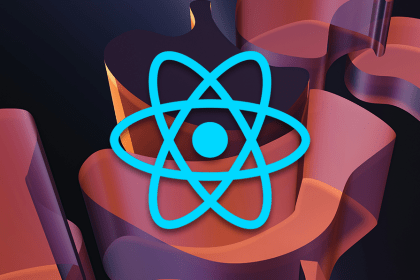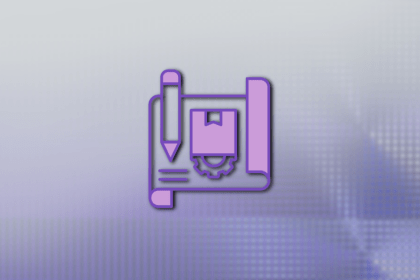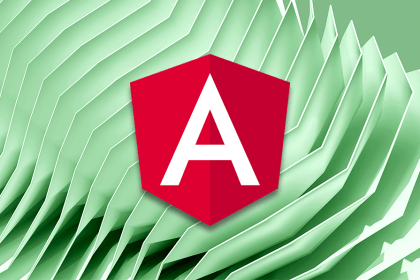
Learn about Zustand’s simplistic approach to managing state and how it compares to existing tools such as Mobx and Redux.

Dive into custom HTML elements, the challenges of using them with React, and the changes in React 19 that address these challenges.

Developers can use both Svelte and React to effectively build web applications. While they serve the same overall purpose, there are distinct differences in how they work.

provide/inject in Vue.js 3 with the Composition APILearn how to use the provide/ inject function pair with the Composition API to pass data into deeply nested components in Vue.js 3.

Authentication is a crucial feature in web apps today. See how to use Firebase and React Context to implement user auth in a Next.js app.

As a PM, you hold the key to bridging the gap between audience needs and the company’s product. And your most important tool in the process is understanding the product market.

There’s little to no room for innovation and creativity in ecommerce. But by nailing every step of the sales funnel, you can greatly impact the company’s sales.

Use a low-fidelity prototype for your design whenever you need to experiment with ideas in the UX research analysis stage.

MobX is a lightweight, boilerplate-free state management library that offers a reactive approach to state management.

Apple’s Face ID and Spotify’s Discover Weekly are delighter features. And adding them to your next product will bring smiles. Learn more in this blog.

Use Angular’s `FormGroup` and `FormControl` to build cleaner forms by dividing form controls into form groups.

Follow this 7-step checklist to maximize your chances at running a successful product launch.